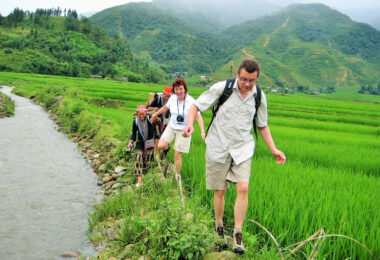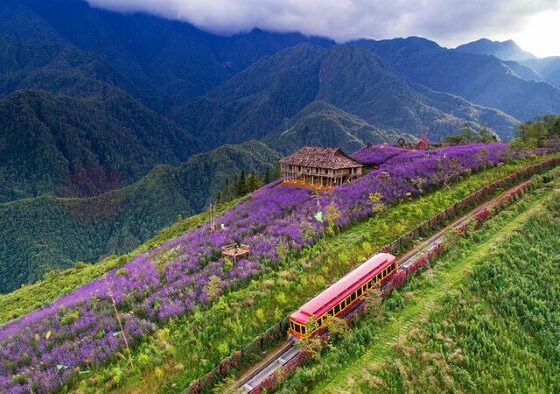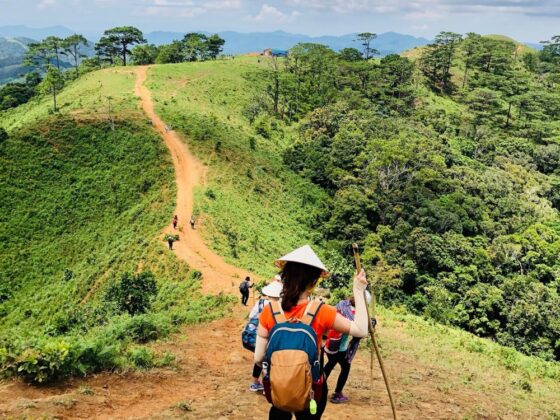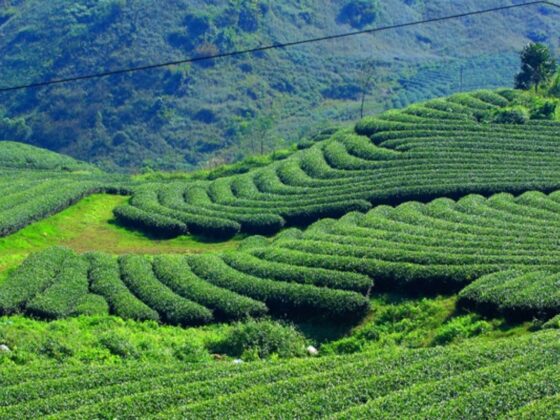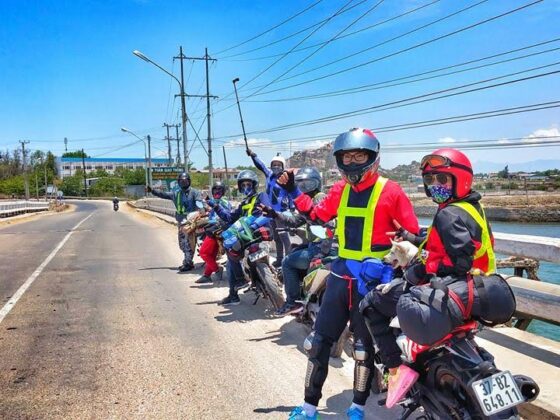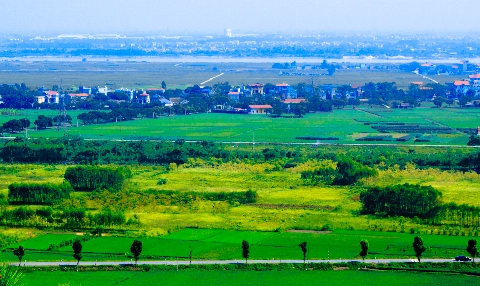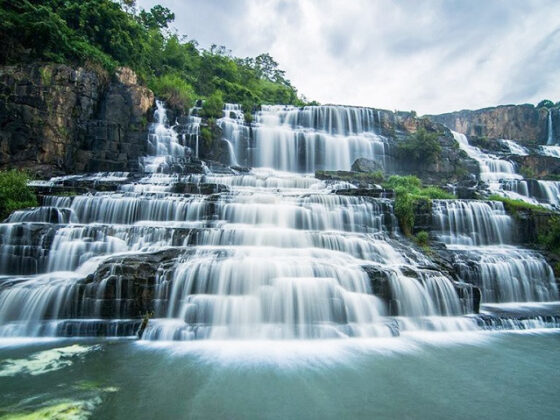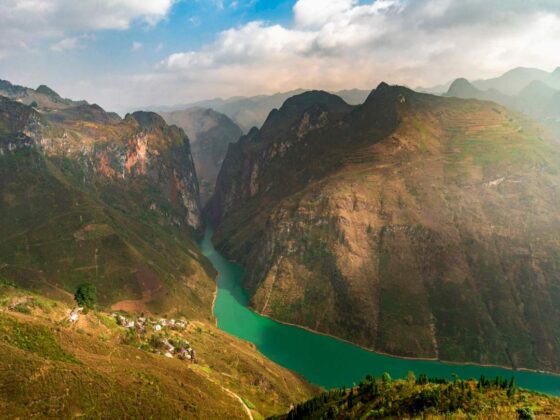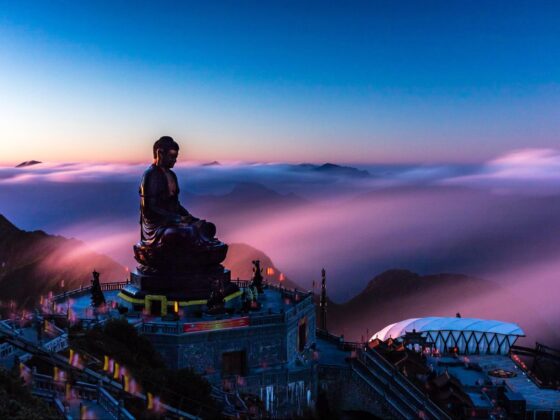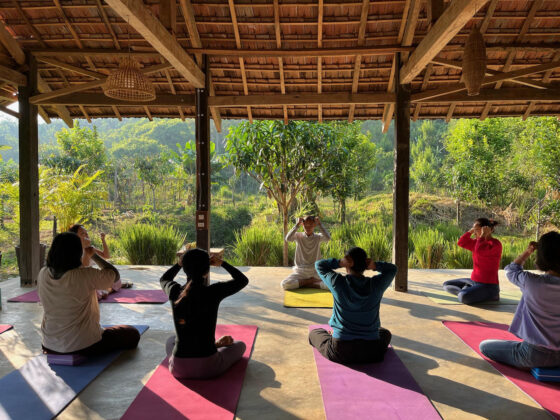Table of Contents Show
✍️ AI is summarizing:
Vietnam is a tapestry of cultures, woven together by its diverse ethnic groups, each with their own unique traditions, languages, and lifestyles. One of the most enriching ways to experience this cultural mosaic is through Vietnam cultural trekking, a journey that takes you through the stunning landscapes that connect these communities.
As you lace up your hiking boots and hit the trails, you’ll find that each step takes you deeper into the heart of Vietnam’s ethnic cultures, offering a chance to engage with local people, learn their stories, and immerse yourself in their vibrant customs.
Read more interesting posts:
- Backroads & Backstories: A Guide to Vietnam Travel Legend Along the Trails
- A Parent’s Guide: 5 Fun Things to Do in Da Nang with Kids
- The Ultimate Guide to a Family Friendly Vietnam: Adventures from North to South
How Vietnam cultural trekking connects you with diverse communities
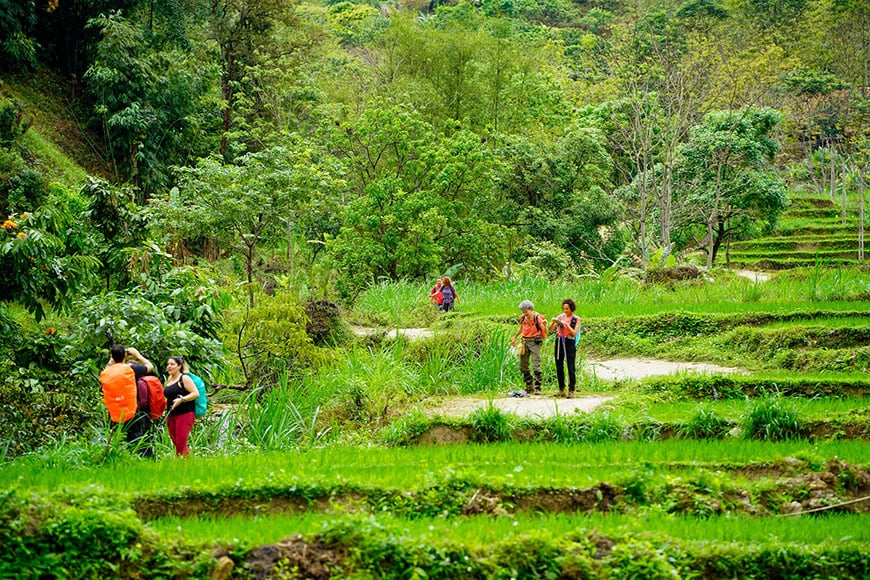
Vietnam cultural trekking offers an incredible opportunity to explore remote areas where ethnic minorities reside. Regions like Sapa, Ha Giang, and Mai Chau are renowned for their breathtaking scenery and rich cultural heritage. As you hike through terraced rice fields and lush valleys, you’ll encounter the friendly faces of the Hmong, Tay, Dao, and other ethnic groups, each inviting you to learn about their way of life.
For instance, in Sapa, the Hmong people are known for their intricate textile work. As you trek from village to village, you might stop by a local home where women are weaving colourful fabrics on traditional looms. Engaging in conversations like these enriches your understanding of their identity and heritage.
Discovering local myths and practices through Vietnam cultural trekking
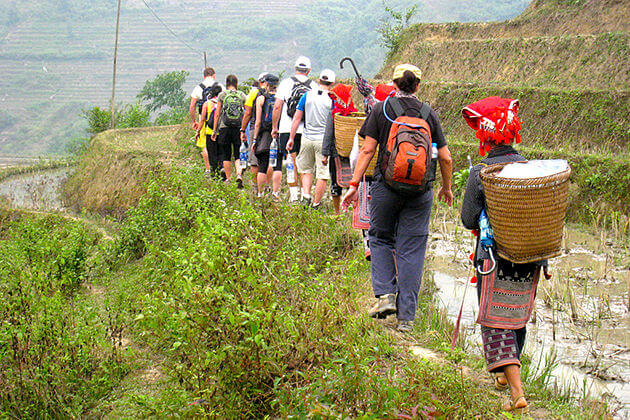
Each ethnic group in Vietnam has its own myths and legends that reflect their beliefs and values. During your Vietnam cultural trekking adventure, you might hear tales of mountain spirits and ancient heroes that shape the local culture. For example, the Tay people often recount stories about the sacred mountains that surround them, embodying their connection to nature and spirituality.
As you trek, take the time to participate in local customs. You might be invited to join a traditional dance or a celebration, where you can experience the joy and warmth of the community firsthand. These interactions create lasting memories and foster a deeper appreciation for the rich tapestry of cultures that make up Vietnam.
Learning the art of textile making on a Vietnam cultural trekking trip
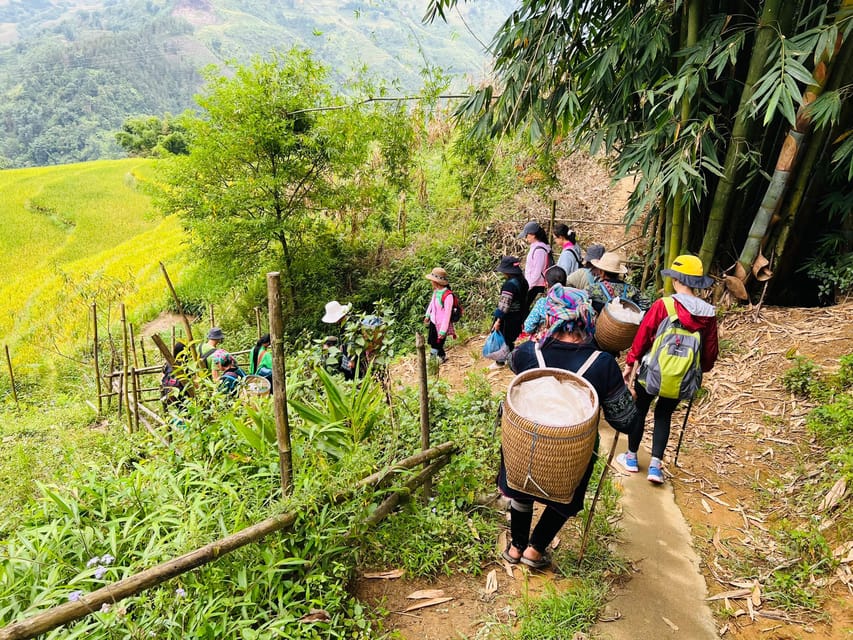
Textile making is a crucial aspect of many ethnic cultures in Vietnam. Each group has its own techniques and styles, often passed down through generations. A Vietnam cultural trekking trip to the Muong villages of Hoa Binh province, for instance, allows you to witness the elaborate process of creating traditional garments. The women often use natural dyes from local plants, which adds a unique touch to their textiles.
Participating in a workshop can be a transformative experience. By learning how to weave or dye fabrics, you not only gain new skills but also develop a deeper connection to the cultural practices of the community.
Etiquette for homestays during your Vietnam cultural trekking experience
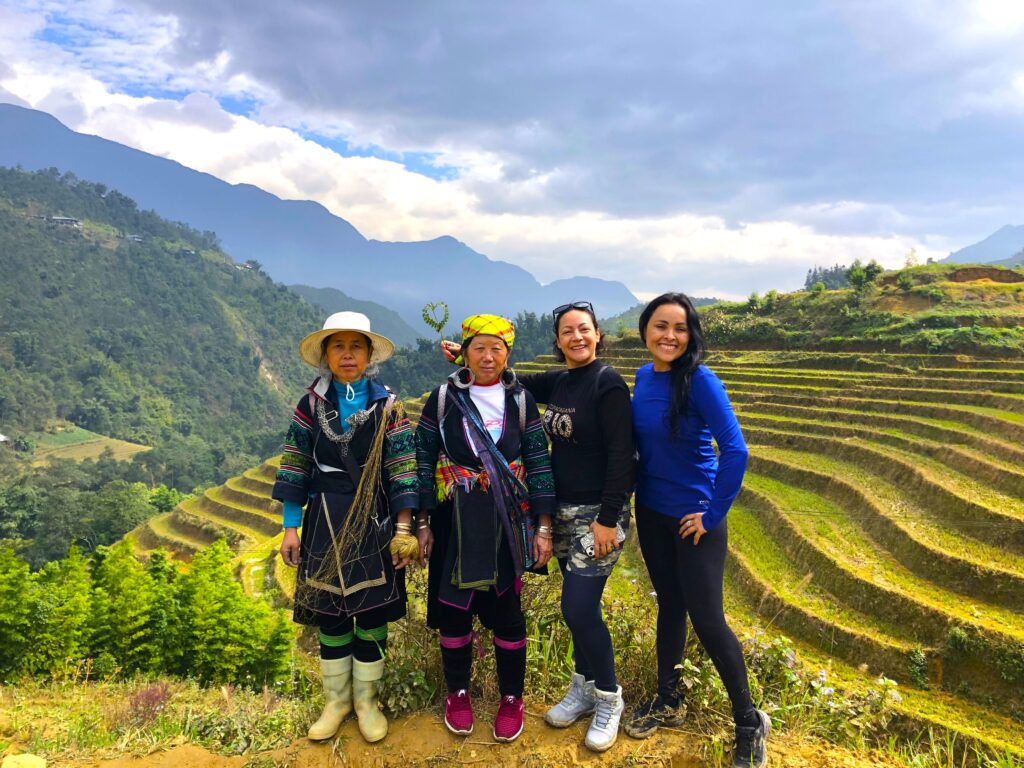
Staying with local families offers an authentic glimpse into their daily lives and customs. Before embarking on a homestay as part of your Vietnam cultural trekking journey, it’s essential to understand local etiquette to show respect and foster positive interactions. For example, it’s customary to greet your hosts with a smile and a polite bow, and to remove your shoes when entering a home.
Sharing meals is a significant part of the homestay experience. Be open to trying local dishes, which often feature fresh ingredients sourced from the surrounding area. Engaging in conversations during meals can lead to heartfelt exchanges and unforgettable moments.
Conclusion
In conclusion, Vietnam cultural trekking is not just about the physical journey; it’s a path to cultural discovery and connection. As you walk the trails, you’ll find yourself immersed in the vibrant traditions of Vietnam’s ethnic groups, experiencing their stories, art, and hospitality.
These encounters enrich your understanding of the country’s heritage and create lasting bonds that transcend borders. So, pack your backpack and embark on a transformative journey through time.
Ready to discover the culture of Vietnam on foot? Join our community of explorers in the ExoTrails Facebook Group and follow the ExoTrails Fanpage for daily inspiration and travel tips!
FAQs
What is the best way to experience ethnic cultures in Vietnam?
The best way is through cultural trekking, which allows you to visit remote villages, stay with local families in homestays, and participate in their daily activities.
What are the major ethnic groups in Northern Vietnam?
The major ethnic groups include the Hmong, Tay, Dao (Yao), Nung, and Thai peoples, each with their own distinct language, clothing, and traditions.
What is proper etiquette when visiting a Vietnamese village?
Proper etiquette includes dressing modestly, asking for permission before taking photos of people, greeting elders with respect, and accepting food or drink when offered as a sign of hospitality.
Where can I go for an authentic cultural trek in Vietnam?
Provinces like Ha Giang, Sapa (Lao Cai), Mai Chau (Hoa Binh), and the areas around Kon Tum in the Central Highlands are excellent for authentic cultural treks.
What can I learn from a homestay in Sapa?
From a homestay, you can learn about the daily life of ethnic minorities, their farming practices, traditional cooking methods, and the meaning behind their unique crafts and customs.

